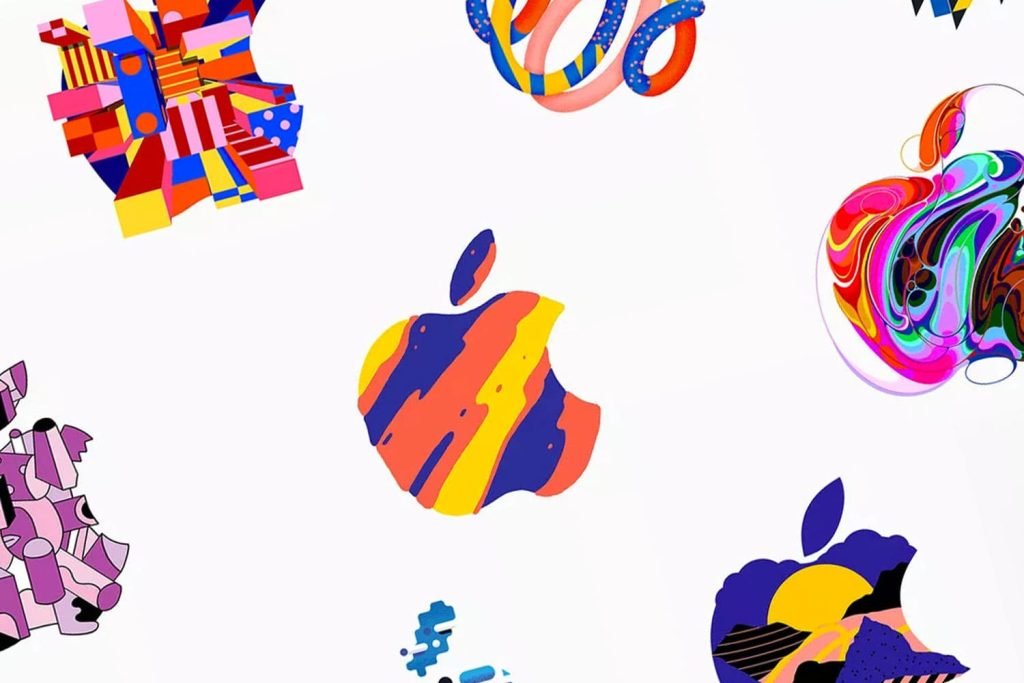In today’s fast-paced digital landscape, brands need to be more flexible and engaging than ever. Static logos, once the cornerstone of brand identity, are evolving into something far more interactive and adaptable—dynamic and adaptive logos.
From major tech companies to indie startups, brands are now embracing logos that change shape, color, and even animation based on context and audience.
But what exactly are adaptive and dynamic logos, and why are they becoming the future of branding? Let’s dive in.
What Are Adaptive & Dynamic Logos?
While both terms involve logos that can transform, they serve slightly different purposes:
Adaptive Logos
A logo that adjusts its form, size, or color to fit different platforms and applications. Think of a logo that has a simplified version for mobile apps and a detailed version for desktop screens.
Dynamic Logos
A logo that changes actively based on time, audience, user interaction, or other factors. These logos can shift colors, morph shapes, or even animate, offering a living, evolving brand identity.
Why Are Brands Switching to Adaptive & Dynamic Logos?
1. Multi-Platform Usability
With brands appearing on websites, apps, billboards, social media, and even in AR/VR environments, logos must be versatile.
Adaptive logos ensure branding remains consistent across all platforms without losing its identity.
Example: Google’s logo adapts seamlessly, with a simple ‘G’ icon for apps and a full logo for its homepage.
2. Increased Audience Engagement
Dynamic logos make branding feel alive and interactive. Whether it’s changing colors based on user interaction or animating in digital ads, these logos create memorable experiences.
Example: MTV’s logo constantly changes in style, reflecting music culture and trends.
3. Personalization & AI-Driven Customization
With AI, logos can now personalize themselves for different users. Imagine a logo that changes colors based on user behavior or adapts to different time zones.
Example: Spotify’s dynamic branding changes based on music genres, moods, and trends.
4. Future-Proof Branding
As new technologies emerge, logos need to stay relevant and adaptable. A static logo might feel outdated in a digital world dominated by motion graphics and interactivity.
Example: Netflix’s ‘N’ animation in intros and branding, giving it a modern, fluid identity.
How to Design an Adaptive & Dynamic Logo
If you’re considering an adaptive or dynamic logo for your brand, keep these key elements in mind:
- Scalability – Ensure your logo works in various sizes, from small app icons to large billboards.
- Simplicity & Clarity – Keep the core identity recognizable even when the logo changes.
- Motion & Interaction – Consider how animation or interactivity can enhance brand storytelling.
- Brand Consistency – Even with variations, the essence of your brand should remain intact.
More Examples
Here are some more examples of adaptive & dynamic logos:
Coca-Cola
POM POM by Reynolds and Reyner
Warner Bros Pictures
Google Doodles
Popolo Boy by Nebojsa Matkovic
Netrunner Branding by Vadim Carazan for Wegrow
Grountwork Branding by Eddie Lobanovskiy for Unfold
Museum of Ethnography by Explicit Design Studio
Stella Artois Responsive by Nathankayodeharte
Bikker Service Logo Design by tubik UX
Logo SmartPro by Pixtocraft
AI logo – apex.ai – learning platform by Aditya Chhatrala
Hydro Pharma by Pixtocraft for Knacky Studio
The Future of Logos: Where Are We Headed?
As branding becomes more interactive, logos will continue evolving toward AI-driven, hyper-personalized, and immersive designs.
We might see logos that:
- React to user emotions via facial recognition.
- Integrate AR elements for real-world interactions.
- Adapt to real-time events, such as holidays or weather conditions.
Adaptive and dynamic logos aren’t just a trend—they’re the future of branding, allowing businesses to stay relevant, flexible, and engaging in an ever-changing digital world.
Would you consider making your logo dynamic? Let us know in the comments!
